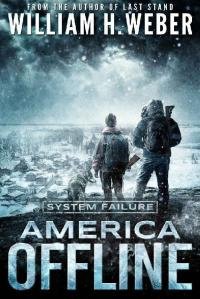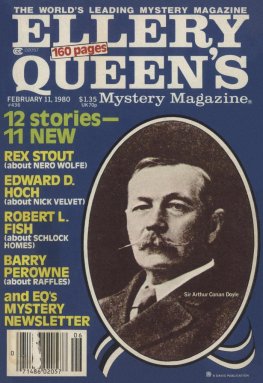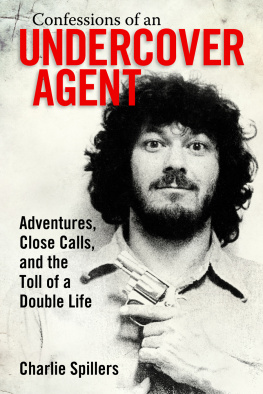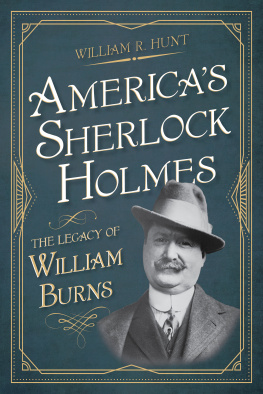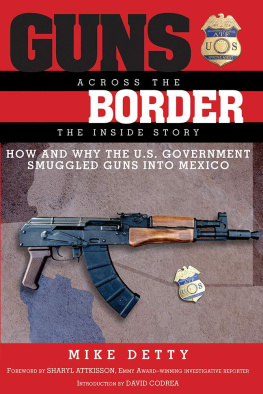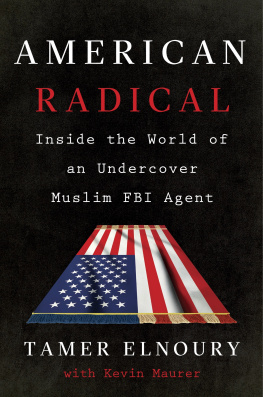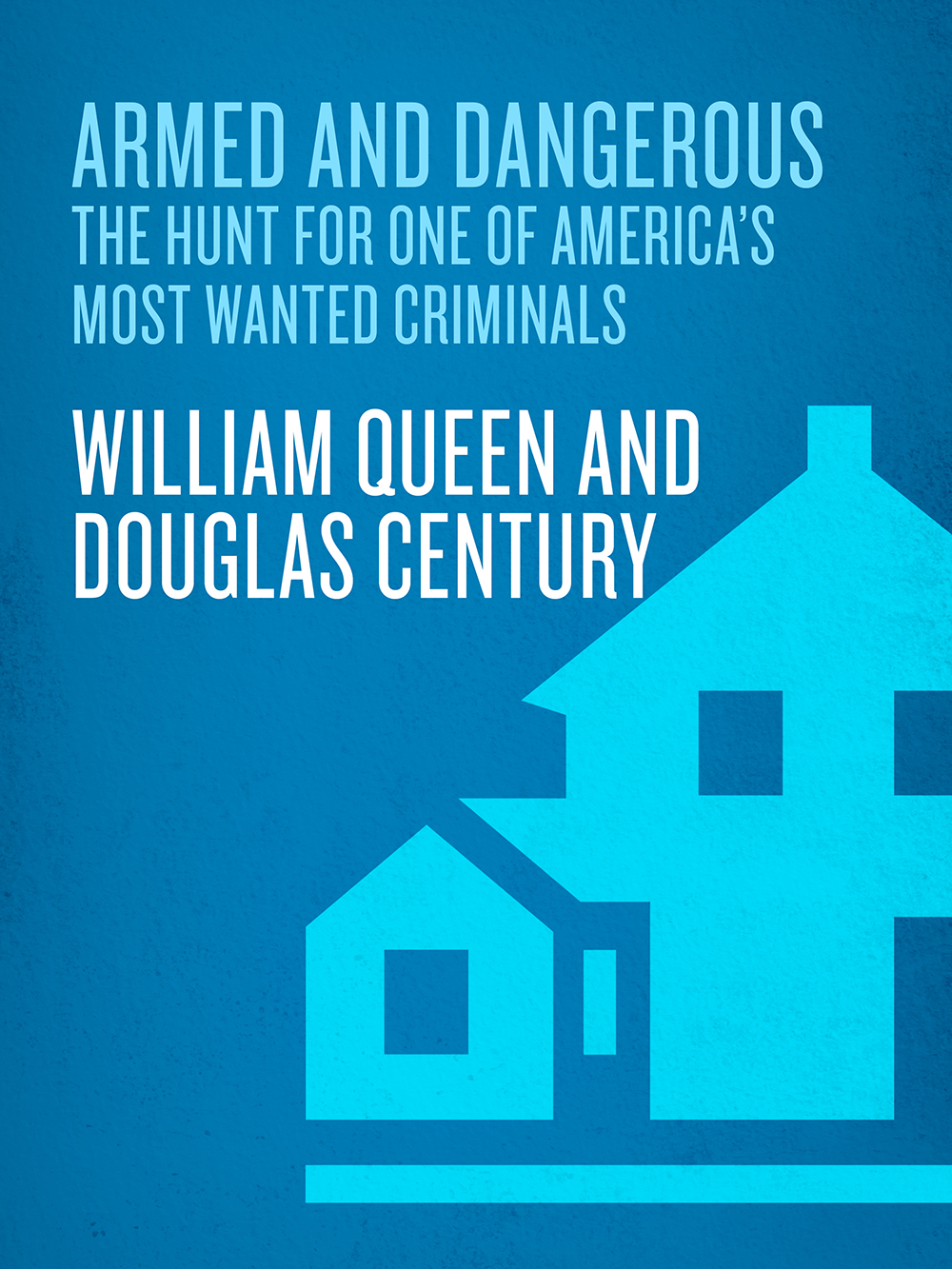
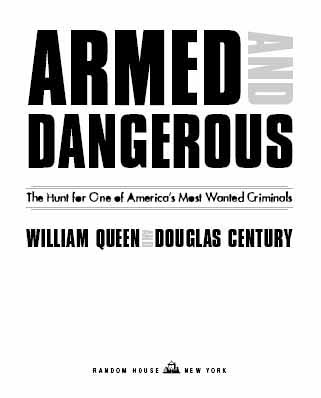
Contents
DEDICATED TO THE TEAM
THAT STOOD WITH ME ON THAT MOUNTAINTOP
One
E veryone called him the mountain man. They said he was the most dangerous, gun-crazy renegade seen in the hills and valleys of Southern California since the days of the Wild West outlaws. The local police departments and sheriffs offices all said it would be next to impossible for any cop or federal agent to bring him down alive from his mountaintop hideout.
In April 1986, when I first caught wind of Mark Stephensthis mountain man terrorizing the Inland Empire communities (those in Riverside and San Bernardino counties)I was only in my third year as a special agent with the Department of the Treasurys Bureau of Alcohol, Tobacco and Firearms. But Id been a law enforcement officer for over a decade, and Id made my bones as a local cop in North Carolina and as a federal border patrol agent before becoming an ATF agentId certainly heard my share of war stories. Some so-called badass or another was always being touted as the hardest, most cold-blooded criminal in the county, the scariest dude to make the most-wanted lists. I seen this guy whip a dozen cops, other cops would tell you. This guy, he aint gonna be taken alive. Hes crazy. If you try to get cuffs on him, hell kill you. Ninety-five percent of the times when I confronted these so-called tough guys, all the fight instantly drained out of them. Their ruthlessness turned out to be nothing more than a front, an actors persona. When I cornered them, they folded up, dropped their guns, and surrendered without so much as a peep.
But there are those few criminals out there who are righteously bad. Guys who wont give up without a fight. And when you do decide to confront them, youd better be ready to fight for your life.
Mark Stephens was one such criminal. Stephens was the real McCoy, the most brazen and fearless criminal I encountered in my early years with ATF. He proved to be equal parts gunman, mountain man, drug trafficker, and out-and-out thug.
Mark Stephens was a paradox for a criminal investigator. He didnt fit the stereotype: He didnt come from the wrong side of the tracks and wasnt abused as a kid; he wasnt semiliterate or lacking in career opportunities. His parents were well-educated, fairly affluent people who lived in an upscale neighborhood in Rancho Cucamonga, a city of nearly one hundred thousand, located under the majestic San Gabriel mountain range in the Inland Empire, thirty-seven miles east of my ATF desk in downtown Los Angeles.
Sometimes the path to a criminal personality cant be easily explained; the factors that determine ones character defy reason. Mark Stephens wasnt a typical bully, the kind of person who seemed to get emotional gratification from picking on the weak. It didnt make any difference to him whether you were male or female, old or young, black or whiteif you stood in his way, he was going to hurt you. Stephens was a man who had no conscience when it came to taking what he wanted by force. And hed learned early on in life that hurting people was the way to get what he wanted. The intelligent man locked inside of him may have known that violence was wrong, that he had an uncontrollable problem. But violence physically possessed him; it was an overwhelming force he simply couldnt rein in. He understood that it would land him in prison one day, and prison wasnt an option for Stephens. So he decided to separate himself from societyliterally. He headed for the hills, disappearing into the vast, impenetrable San Bernardino Mountains.
Stephens put together a basic plan. He would live off the land. Hed grow marijuana in prodigious quantities, smoke as much of it as he wanted, and sell the excess kilos when he needed cash to buy firearms and explosives. He would be as self-sufficient as a human being could be; he wouldnt depend on any friends or family. The only people he would interact with would be the small network of low-level drug dealers he would keep in check with constant threats. His only daily companions would be the wild animals in the mountains. It was a near-perfect plan for a lone wolf determined to live outside the borders of civilized society.
Im something of a lone wolf myself. Its a character trait that has worked to my advantage during investigations. Special agents for the Bureau of Alcohol, Tobacco and Firearms are often charged with the task of operating as a one-man law enforcement agency. Our mandate is primarily to enforce violations in firearms and explosives laws, but our jurisdiction in this area encompasses a wide range of criminal typesnarcotics traffickers, traditional organized-crime families, outlaw bike gangs, inner-city gangs such as the Bloods and the Crips, and anti-government and hate groups such as the neo-Nazis and Aryan Nations.
Special agents with ATF have two basic options. They can forge a smooth, relatively hassle-free investigators career by focusing on background work, running errands for the administrators, and picking up what we call adoptive casesthat is, bringing in federal resources and manpower to investigations that were initiated and completed by local law enforcement. Or they can take my career path. Always pushing into overdrive. Making cases against real bad guys. Putting themselves in harms way by getting right in the line of fire and, if necessary, going undercover to get the most violent criminals off the street.
Throughout my ATF career, often to the dismay of my supervisors, I took that put your life on the line attitude to the limit. In dozens of cases, I went undercover to infiltrate armed organizations such as the Skinheads and the Aryan Nationsand most notably, in the late nineties, near the end of my ATF stint, when I penetrated the Mongols outlaw motorcycle gang in a landmark two-and-a-half-year investigation. During that case, playing the part of a biker badass named Billy St. John, I achieved something nearly unthinkable for a federal agent: I became a patched-in member of the club and eventually rose to the position of treasurer and vice president of the Mongols San Fernando Valley chapter.
Going deep undercover or running and gunning in the streets always fueled me. I thrived on that high-risk energy. Call it an adrenaline addiction or sheer machismo, but I felt like that was where my investigative talents were best utilized. I wanted to be out on the firing line. Wearing a coat and tie behind my desk at headquarters, typing up the stream of official reports and memoranda, I felt like a fish out of water. My place was in the street, down in the trenches, chewing the same dirt with the state and local cops.
In early 1986 I was a thirty-seven-year-old recently married special agent. My wife at the time and I lived in a peaceful bedroom community called Corona and I commuted to ATF Metro Group headquarters in downtown Los Angeles. Since I lived in the Inland Empire, it was only natural that Id start poking around the various police departments and sheriffs offices, expressing an interest in what criminal cases they saw brewing. I was looking for the real bad guys. I always tried to do it in as low-key a manner as I could. Locals often dont appreciate the unsolicited attention of special agents from the FBI, DEA, or ATF. They see the feds as being overpaid and self-serving, sweeping in to take the glory of a promising investigation away from blue-collar cops.
Ive always found that interagency rivalries are most pronounced at a senior management level, where a lot of publicity is at stake; a few headline-grabbing cases can bump an administrator up the Bureau hierarchy pretty damn quick. For rank-and-file ATF agents like me, developing close working relationships with local law enforcement was essential. Many of us started out our careers as local patrolmen, so we knew what made cops tick and could appreciate the nitty-gritty of police work. Though we carried federal badges and credentials, we talked, thought, and did our jobs like cops.
Next page

